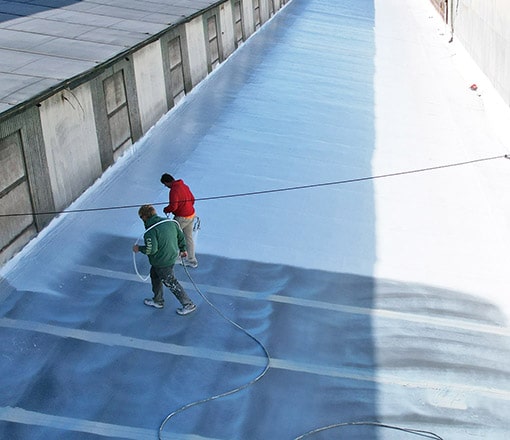EPDM Roof Coatings – Restoration System
Many commercial buildings in Bradenton and throughout Florida have what is known as a single-ply EPDM roof coatings system. EPDM is a synthetic rubber compound, ethylene propylene diene terpolymer. Troyer installs it with an adhesive, screws and plates, or ballasts. This creates an extremely durable and cost-effective roof, making it a popular choice for warehouses, and industrial facilities with a low-slope or flat roof.
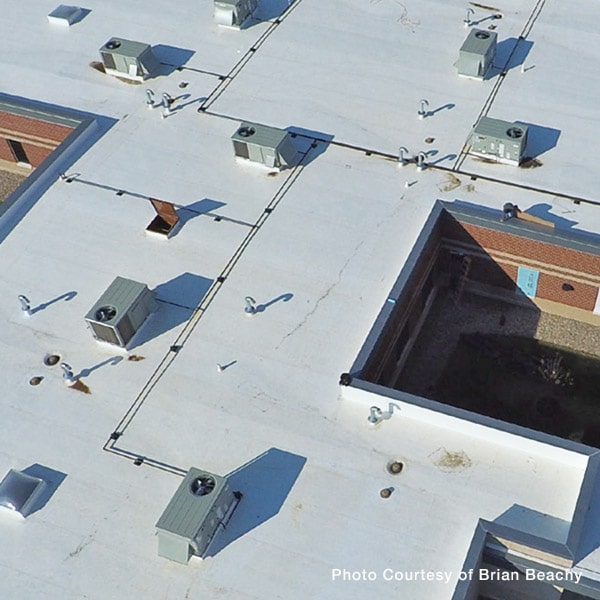 Problems With Aging EPDM Roofing Systems in Florida
Problems With Aging EPDM Roofing Systems in Florida
Although EPDM roofs are available in black or white, their solar reflective properties are similar to asphalt, absorbing much of the UV radiation. As a result, the roof’s surface temperature can reach twice as hot as the ambient temperature during hot Florida summers. This makes the building’s interior warmer and certainly less comfortable. Many commercial building owners know that as strong as rubber is as a material, it has its weaknesses. We have seen that continued direct exposure to heat causes rubber to crack, peel, and crumble. When this occurs, rainwater can pool on the surface and leak through the membrane, eventually causing it to fail at the seams. This is a common cause of EPDM roof leaks. It is also highly susceptible to punctures and tenting from walking on the surface, hail, or when gravel, pebbles, and other debris blow across the surface.
EPDM Roof Coatings For Restoration – Protect Your Investment
Troyer Commercial Roofing restores and protects your original EPDM roof investment with Conklin’s EnergyStar-rated white reflective, single-ply membrane roof restoration coatings saving your commercial operation the cost of expensive roof repairs tear-offs, and replacements. We formulate our single-ply foam and fabric-reinforced acrylic elastomeric coatings to repair and restore aging EPDM and other roofing systems. These systems include asphalt, concrete, BUR, TPO, and PVC, to name a few.
EPDM Roof Coatings Restoration Advantages
When installed, our solar-reflective EPDM roof restoration coatings form a seamless, durable, walkable surface that is fire and weather-resistant. This advanced coating not only boosts sustainability but is also more environmentally friendly compared to traditional roofing materials. In addition to these benefits, our restoration solutions offer numerous other advantages, which we would be happy to discuss further during a consultation.
Repairs Leaks
Our EPDM roof restoration coating immediately seals any cracks, gaps, or crevices in the membrane, effectively stopping leaks upon application. The coating forms a watertight barrier, providing long-term protection against future leaks. This advanced system eliminates water intrusion while safeguarding the structural integrity of the roof, ensuring lasting performance in even the most challenging weather conditions.
Weatherproof
By using Conklin’s acrylic elastomeric coatings, our restoration system gives your roof an exceptionally durable shield against the elements. The weatherproof barrier provides outstanding protection from harmful UV radiation, moisture, high winds, and even hail. This high-performance coating helps maintain the roof’s structural integrity, preventing weather-related damage and ensuring that your roof remains resilient through extreme conditions.
Reduces Energy Costs
Our EnergyStar-rated single-ply roof coatings are among the industry’s most reflective, reflecting up to 85% of the sun’s radiation. This reduces the surface temperature of your roof by up to 80°F, keeping the air inside and around your facility cooler. As a result, your HVAC system doesn’t need to work as hard, leading to potential energy savings of up to 30%. These energy savings directly benefit your bottom line, making your facility more cost-efficient while contributing to a more sustainable environment.
Extends the Life of Your EPDM Roofing System
A typical EPDM roof can last 20 to 30 years, but maintaining that lifespan requires regular upkeep, especially in Florida’s harsh subtropical climate. Our single-ply roof restoration coating can extend the life of your existing EPDM roofing system by up to 10 years. By periodically reapplying the coating, your roof’s useful life could be extended for decades, significantly reducing overall lifecycle costs. Furthermore, you may qualify for tax credits, rebates, or other financial incentives, allowing you to recoup your investment in roof restoration even more quickly. This not only increases the value of your roof but also provides a cost-effective solution for long-term roof maintenance.
 EPDM Roof Restoration Contractor
EPDM Roof Restoration Contractor
Why replace your aging roof when our EPDM roof restoration coating system can restore and protect it with the benefits of a “cool roof” for less? For a limited time, Troyer Commercial Roofing is offering FREE EPDM roof inspections for commercial properties. We commonly service areas such as Fruitville, Palmetto, Sarasota Springs, Siesta Key, and surrounding areas throughout Florida. Call to schedule an appointment for a free estimate today.
Does Your EPDM Roof Need A Fresh Coat? Here are 10 Ways To Check
1. Cracks and Splits:
EPDM membranes may develop cracks and splits after prolonged exposure to UV rays and fluctuating temperatures. These imperfections compromise the roof’s ability to prevent water intrusion, increasing the likelihood of leaks and damage. By applying a protective coating, these cracks can be effectively sealed, halting further deterioration. The coating helps preserve the membrane’s structural integrity, preventing water from infiltrating the roof and ensuring long-term protection from environmental factors.
2. Blisters and Bubbles:
Blisters and bubbles on an EPDM roof often form due to trapped moisture or air that expands when exposed to heat. These deformities can weaken the membrane, making it more susceptible to leaks and structural damage. A roof coating addresses this problem by creating a smooth, sealed surface that prevents water from penetrating the membrane. It strengthens the roof and enhances durability, providing additional protection against the elements.
3. Visible Wear and Tear:
EPDM roofs may show signs of wear over time, including fading, surface degradation, and reduced flexibility. These changes often indicate that the membrane’s protective qualities are wearing thin. Applying a new coating can restore both the appearance and performance of the roof. The coating improves resistance to environmental elements, renews the membrane’s flexibility, and extends the overall lifespan of the roof, making it more durable.
4. Increased Energy Costs:
Higher energy bills may point to reduced thermal efficiency in the EPDM roof. As the membrane ages, it can allow more heat to pass through, increasing cooling and heating costs. Applying a reflective coating helps by reflecting sunlight and reducing heat absorption, which improves the building’s energy efficiency. This simple solution can result in lower energy consumption and reduced costs by helping to maintain comfortable interior temperatures.
5. Pooling Water:
When water pools on the surface of an EPDM roof, it may signal drainage problems or membrane deterioration. Standing water can lead to leaks and even structural damage if left unaddressed. A coating designed to resist water can improve the roof’s drainage and prevent further damage. By enhancing water resistance, the coating protects the membrane from water intrusion, ensuring the roof remains in good condition over time.
6. Leaks or Water Stains:
Leaks or water stains inside the building are clear signs of EPDM membrane failure, often occurring at seams or weak points. To prevent further water damage, a coating can be applied to seal these areas and create a watertight barrier. This solution not only stops current leaks but also provides lasting protection against future water infiltration, ensuring the roof’s reliability and safeguarding the building’s interior.
7. Mold or Mildew Growth:
Mold or mildew growth on an EPDM roof or in the attic indicates excessive moisture, which could be a sign of roof failure. In addition to causing health problems, mold growth can further damage the roofing system. A coating with antimicrobial properties can inhibit mold and mildew, protecting the roof from moisture-related issues. By preventing future growth, the coating improves the roof’s resistance to moisture damage and helps maintain a healthier environment.
8. Surface Erosion:
Constant exposure to weather can cause surface erosion on an EPDM roof, diminishing its protective capabilities. As the membrane erodes, the risk of leaks and damage increases. Applying a coating restores the surface and provides an extra layer of defense against environmental stressors. This process not only repairs existing wear but also helps extend the life of the roof by reinforcing its ability to withstand the elements.
9. Frequent Repairs:
If an EPDM roof requires frequent repairs, it may signal deeper problems with the membrane’s performance. Temporary fixes can add up over time without addressing the root issues. A coating can reduce the need for continuous repairs by adding a durable layer of protection. This comprehensive solution tackles multiple problems, enhancing the roof’s resilience and reducing maintenance costs by ensuring a longer-lasting repair.
10. Aging Roof:
As EPDM roofs age, they gradually lose effectiveness in sealing out water and resisting environmental conditions. An aging roof may show signs of deterioration, such as leaks and reduced performance. A coating can revitalize an older roof by providing a fresh layer of protection, extending its lifespan, and restoring its ability to withstand the stresses of weather and time. This solution prolongs the roof’s functionality, reducing the need for a full replacement.
12 FAQ’s About EPDM Roof Coatings
1. What are EPDM roof and EPDM Roof Coatings?
EPDM (Ethylene Propylene Diene Monomer) is a synthetic rubber roofing membrane often used on low-slope commercial and residential buildings. It is valued for its durability, flexibility, and resistance to weather conditions, including UV radiation and extreme temperatures. Available in black and white options, EPDM roofing is commonly installed for flat roofs, offering excellent waterproofing capabilities. To further enhance its performance, EPDM roof coatings can be applied, providing additional protection against wear and weather damage.
2. How long does an EPDM roof last?
An EPDM roof typically lasts 20 to 30 years, depending on the quality of installation and regular maintenance. Harsh weather conditions or poor maintenance can shorten its lifespan. However, by applying EPDM roof coatings, the life of the roof can be extended by up to 10 years. These coatings seal the surface and prevent further deterioration, making EPDM roofing a cost-effective and long-lasting solution for both commercial and residential buildings.
3. What are the main benefits of EPDM roofing?
EPDM roofing offers multiple advantages, including weather resistance, durability, and flexibility. It’s highly resistant to UV radiation, ozone, and temperature fluctuations, making it ideal for extreme climates. EPDM roof coatings can further enhance these benefits by providing additional protection and extending the roof’s lifespan. EPDM roofing is also lightweight and cost-effective, and its ease of installation reduces labor costs. With minimal maintenance, EPDM systems offer long-lasting protection for various roofing needs.
4. Are EPDM roof coatings energy-efficient?
Standard black EPDM can absorb heat, but when enhanced with white or reflective EPDM roof coatings, it becomes more energy-efficient. These coatings reflect a significant amount of sunlight, reducing heat absorption and keeping the building cooler, especially in hot climates. This not only lowers energy consumption but also decreases cooling costs, contributing to overall savings. By improving the roof’s thermal performance, EPDM roof coatings help maintain a stable indoor environment and increase energy efficiency.
5. How does EPDM perform in extreme weather conditions?
EPDM roofing performs exceptionally well in extreme weather due to its flexibility and resilience. It can expand and contract with temperature changes, reducing the likelihood of cracks. Additionally, EPDM roofs offer great resistance to high winds, hail, and heavy rain. Applying EPDM roof coatings further strengthens the roof’s weatherproofing abilities, adding an extra layer of protection against UV radiation, moisture, and environmental stress, making the roof more durable in harsh weather conditions.
6. Can EPDM roofs be repaired?
Yes, EPDM roofs are relatively easy to repair. Small cracks, punctures, or seams can be patched using repair kits or adhesive tapes. For more extensive damage, EPDM roof coatings provide a comprehensive solution. These coatings reseal the roof’s surface, repairing leaks and preventing further damage. By adding a new protective layer, the coating extends the roof’s life and reduces the need for frequent repairs, making it a cost-effective option for roof restoration and maintenance.
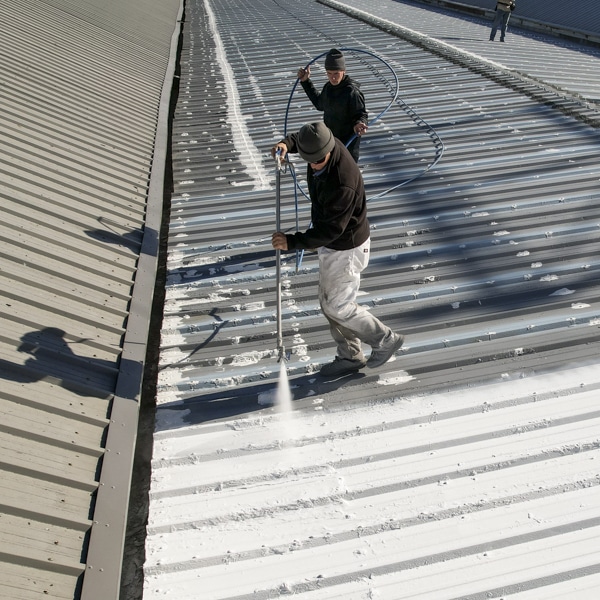
default
7. How often should an EPDM roof be inspected or maintained?
EPDM roofs should be inspected twice a year—ideally in the spring and fall. Regular inspections help identify any wear, leaks, or weather-related damage. After severe storms, additional checks are recommended. Maintenance typically involves clearing debris, fixing minor issues, and applying EPDM roof coatings to preserve the roof’s condition. Consistent upkeep, including recoating when necessary, ensures that the roof remains in optimal condition, prolonging its lifespan and reducing costly repairs.
8. Does EPDM roofing have good waterproofing qualities?
EPDM roofing provides excellent waterproofing due to its rubber membrane design. However, over time, the membrane may develop small cracks or punctures. Applying EPDM roof coatings enhances the waterproofing qualities by sealing any vulnerabilities and adding an extra layer of protection. These coatings help prevent leaks and extend the roof’s durability, making EPDM a top choice for buildings where effective water resistance is critical, particularly for flat and low-slope roofing systems.
9. Can EPDM roofing be installed over an existing roof?
In many cases, EPDM roofing can be installed over an existing roof, depending on the condition of the current structure and compliance with local building codes. This option can save on removal costs and reduce installation time. Additionally, using EPDM roof coatings over the existing membrane improves the roof’s performance and seals any minor imperfections, making it a practical and cost-effective solution for roof restoration and long-term protection.
10. What are the drawbacks of EPDM roofing?
EPDM roofing has a few drawbacks, such as its vulnerability to punctures from debris or foot traffic. Additionally, black EPDM membranes can absorb heat, increasing cooling costs. However, these issues can be mitigated by applying EPDM roof coatings, which add a protective layer to prevent damage and improve energy efficiency. With proper care and regular maintenance, including the use of coatings, EPDM roofs can remain a durable and cost-effective roofing option.
11. Can I walk on an EPDM roof?
Yes, you can walk on an EPDM roof, but it’s important to be cautious. While the membrane is durable, too much foot traffic can lead to punctures or tears, especially if sharp objects are present. Installing walkway pads or using EPDM roof coatings with reinforced durability can help protect the membrane from damage. If regular access is required, these precautions ensure that the roof remains intact and continues to provide long-term protection.
12. Is EPDM roofing environmentally friendly?
EPDM roofing is environmentally friendly due to its long lifespan, recyclability, and potential for energy savings when paired with reflective EPDM roof coatings. These coatings reduce energy consumption by reflecting sunlight and lowering cooling costs. Additionally, EPDM is a low-maintenance material, reducing the need for frequent repairs or replacements. Its production requires fewer resources compared to other roofing materials, making EPDM a sustainable option for both commercial and residential roofing systems.
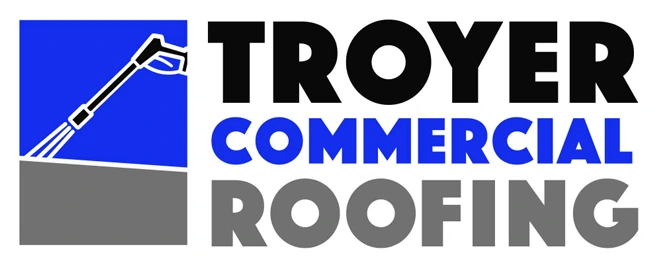
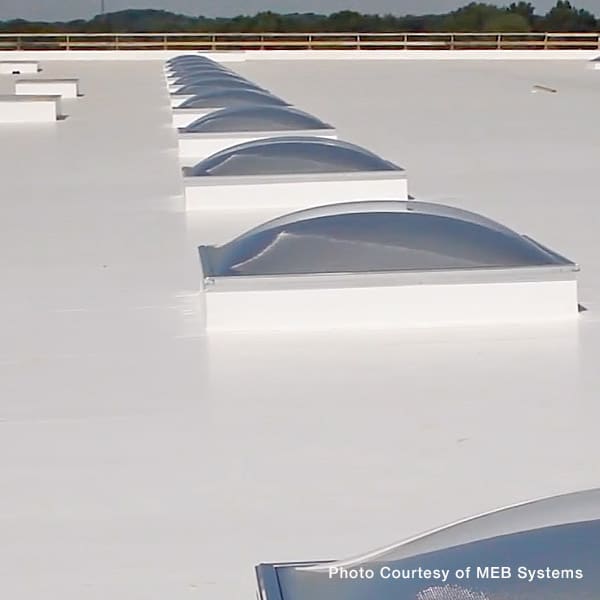 EPDM Roof Restoration Contractor
EPDM Roof Restoration Contractor